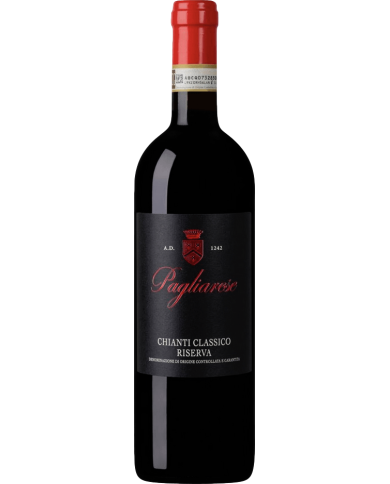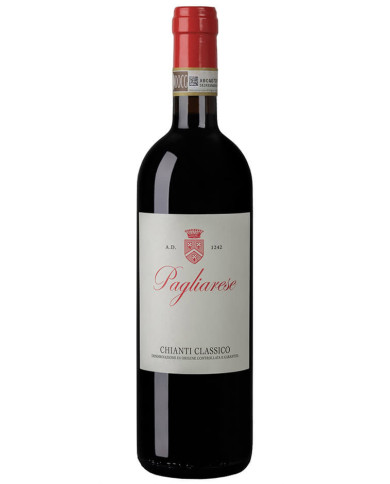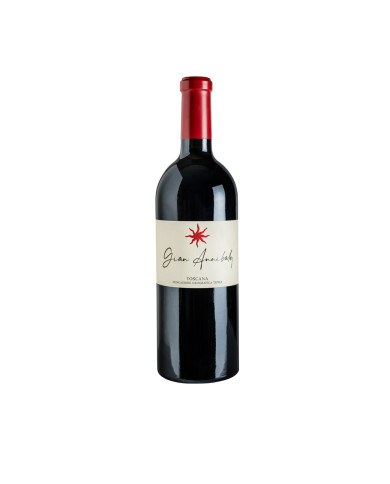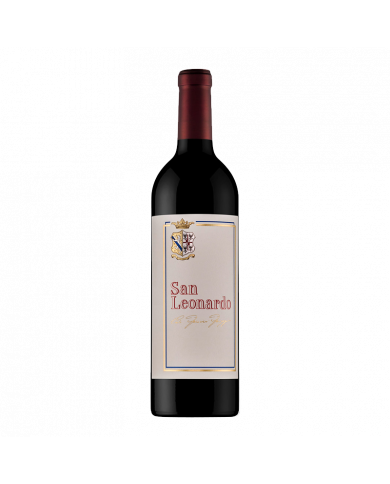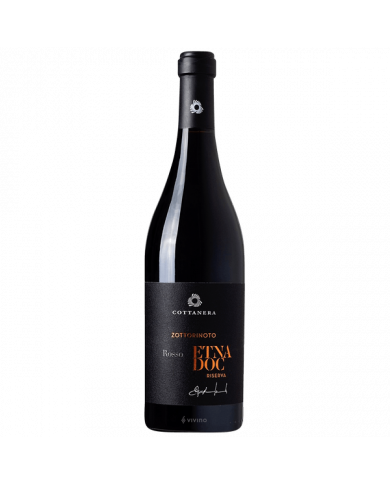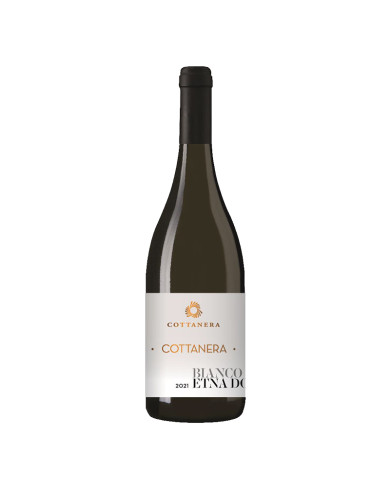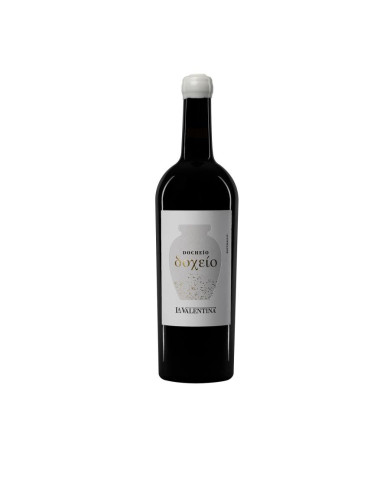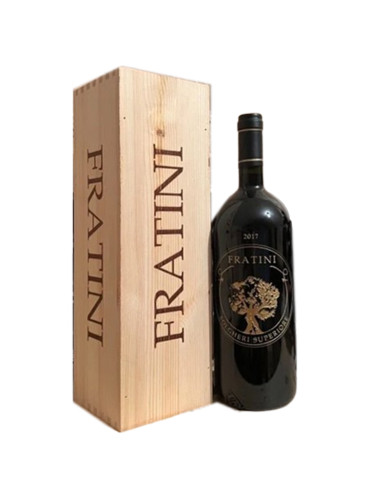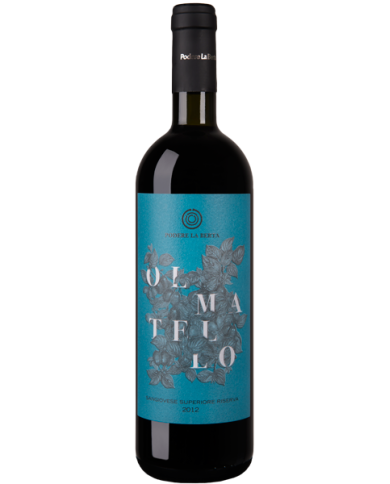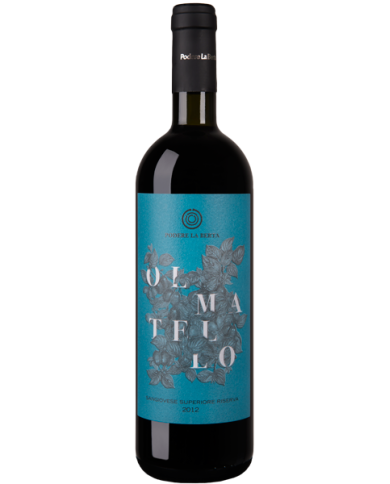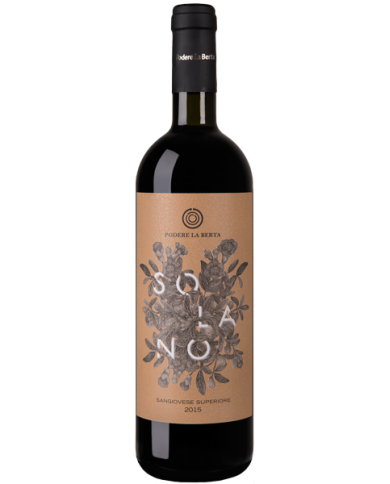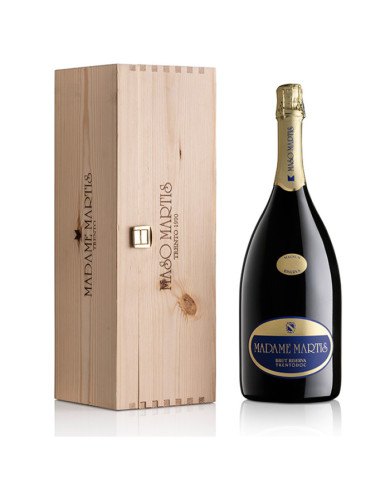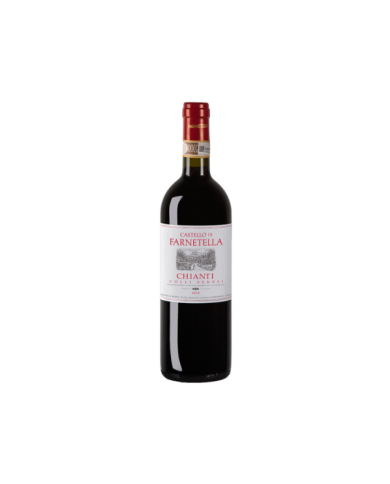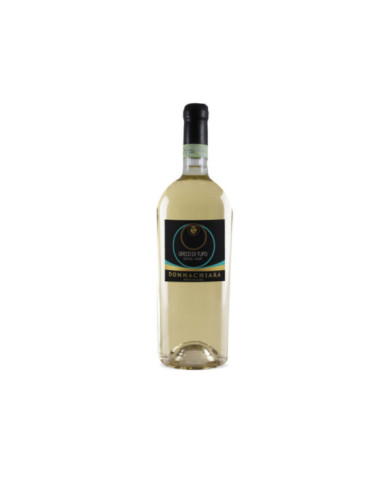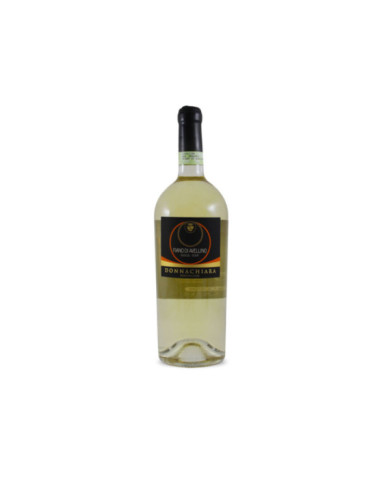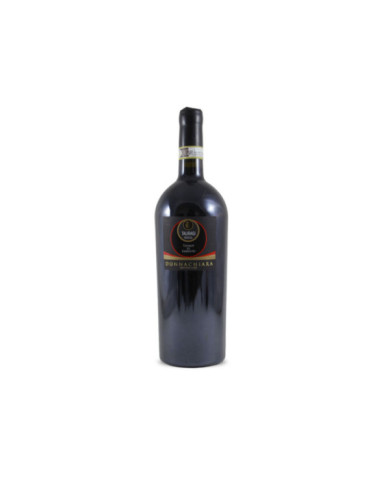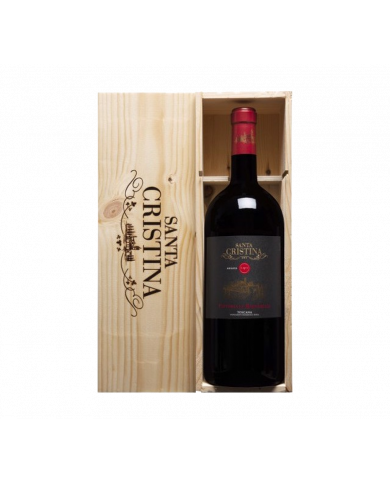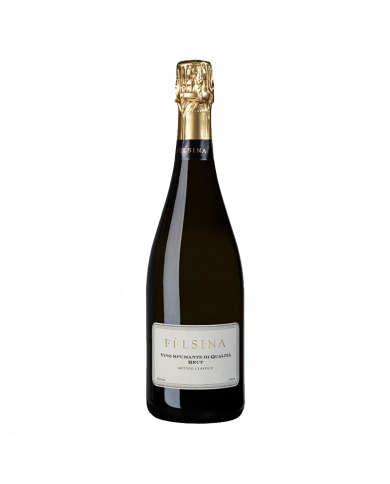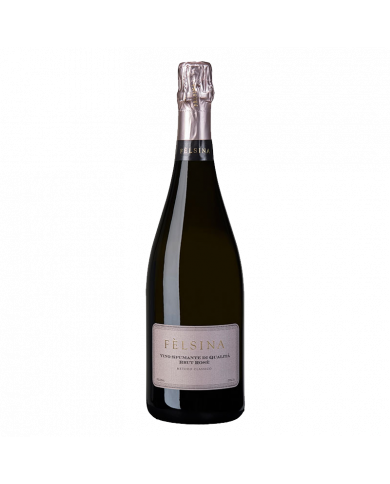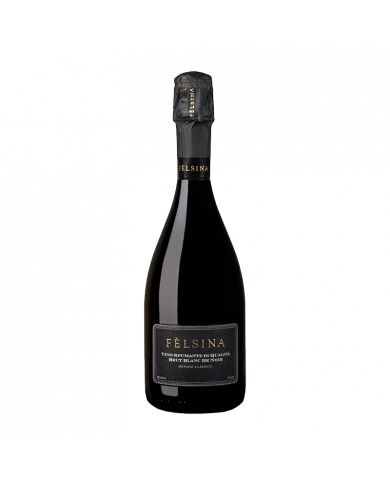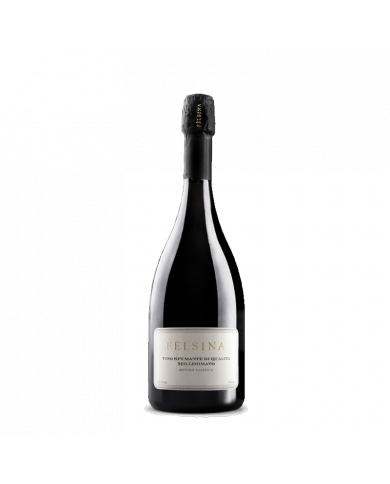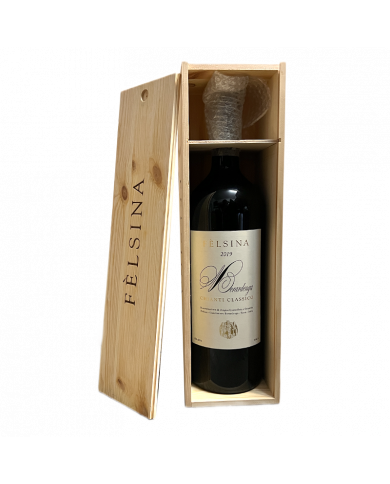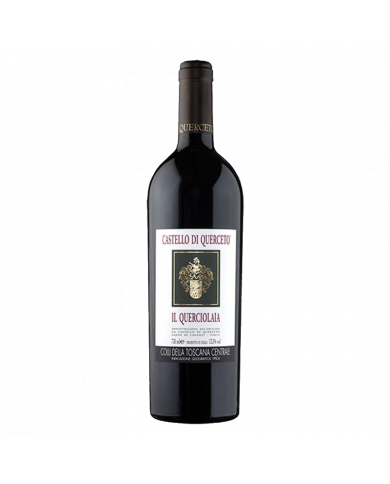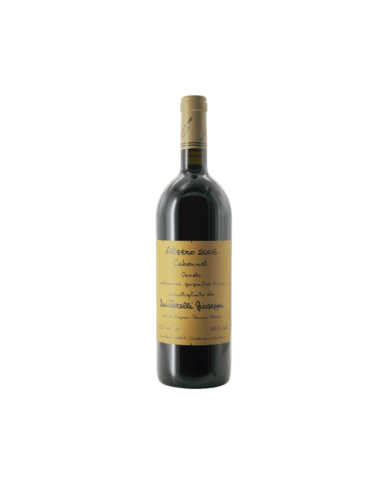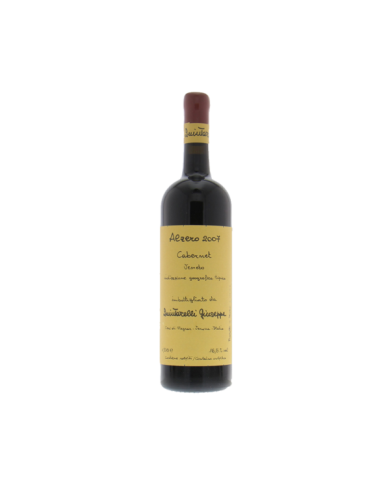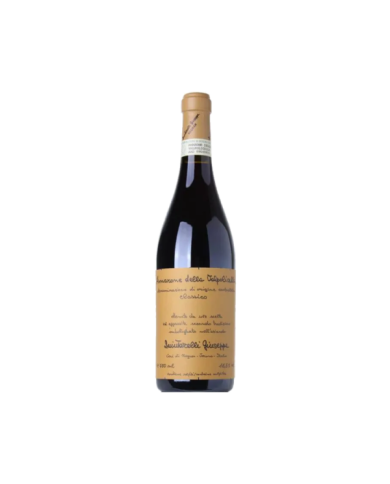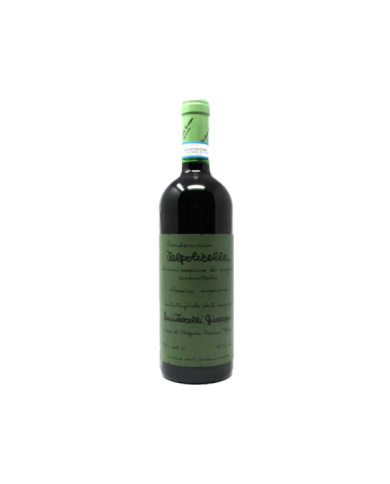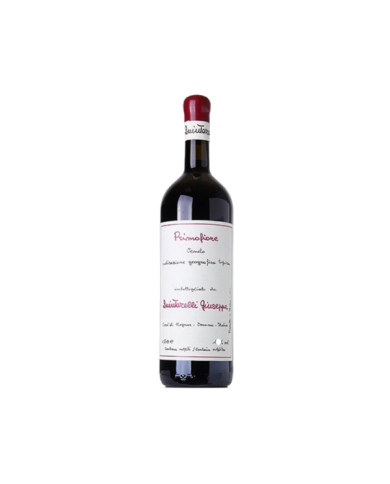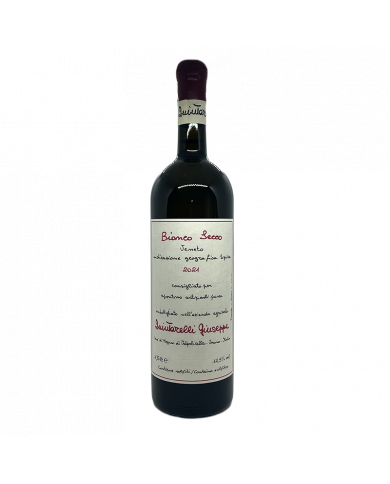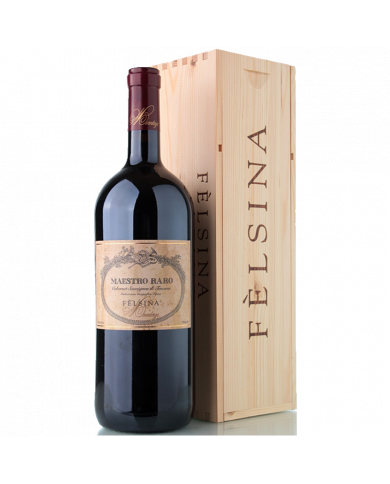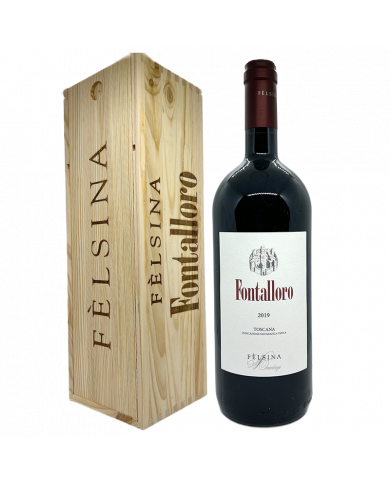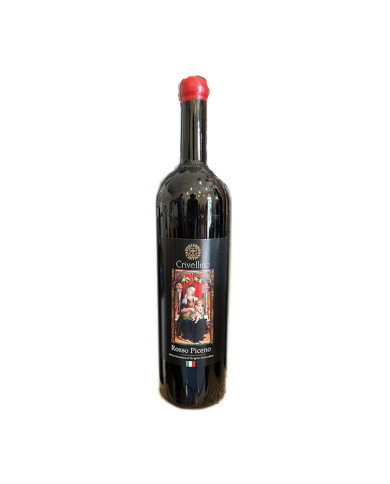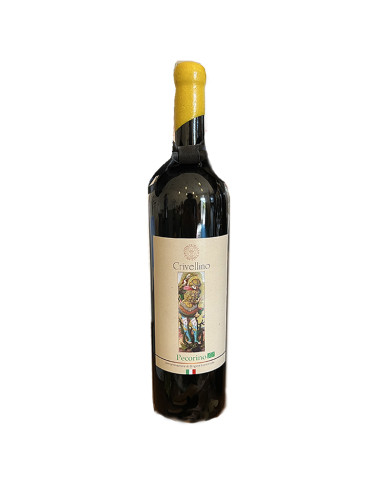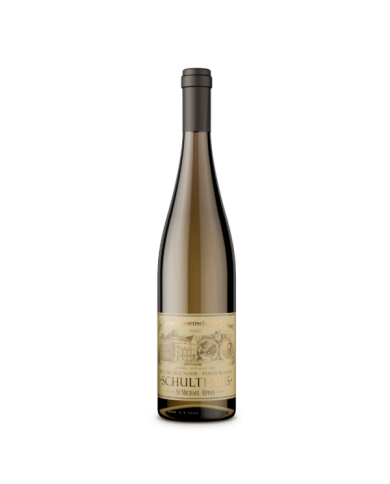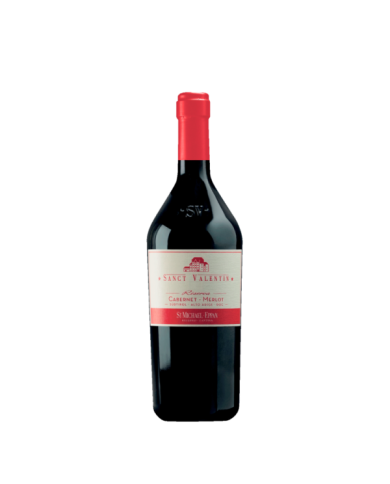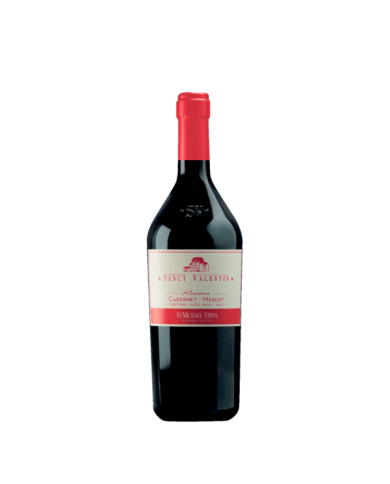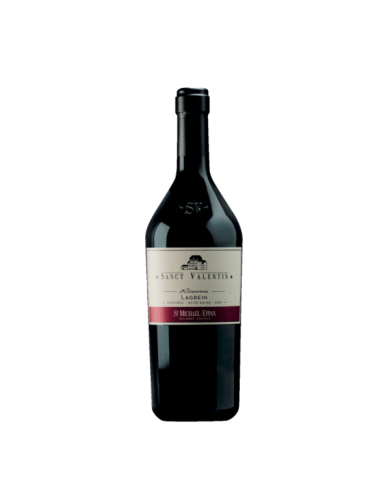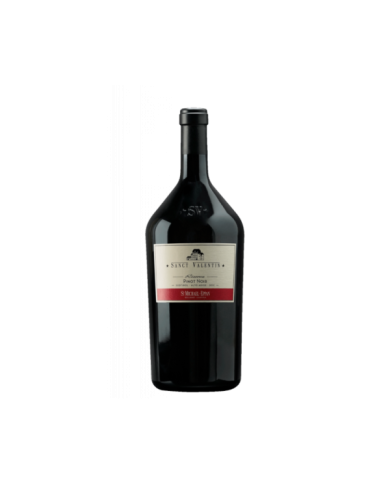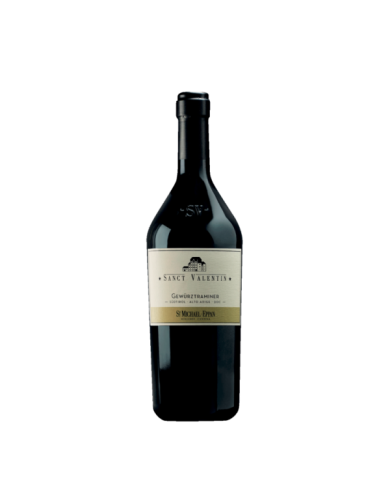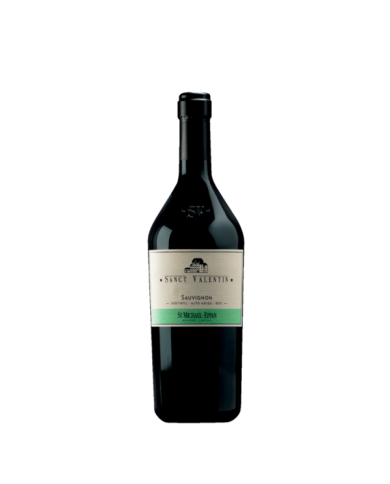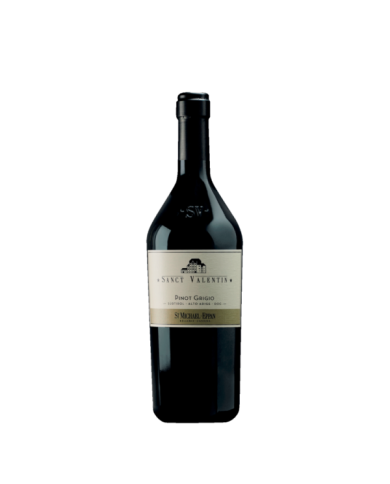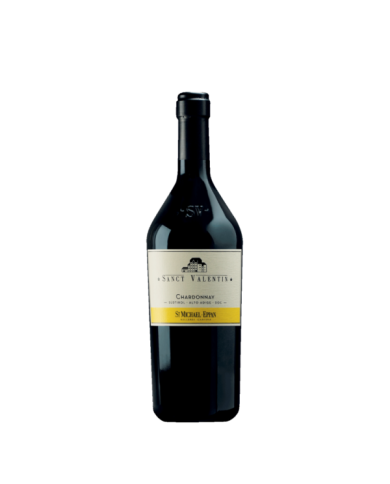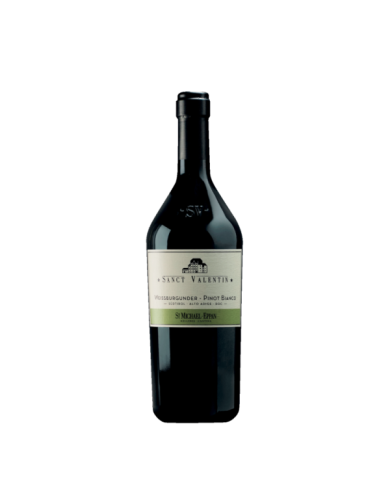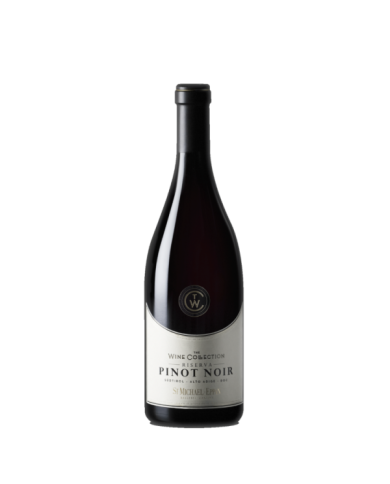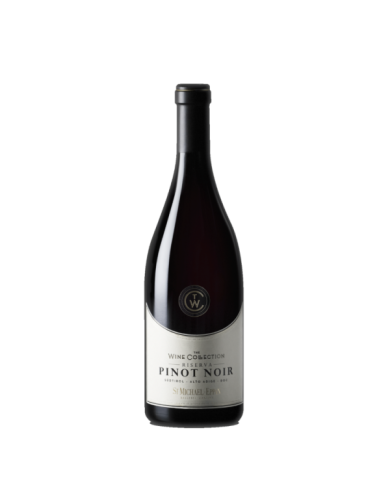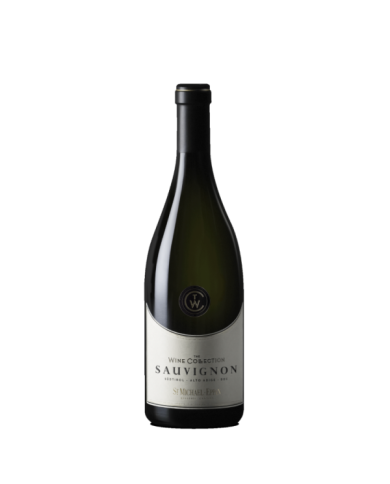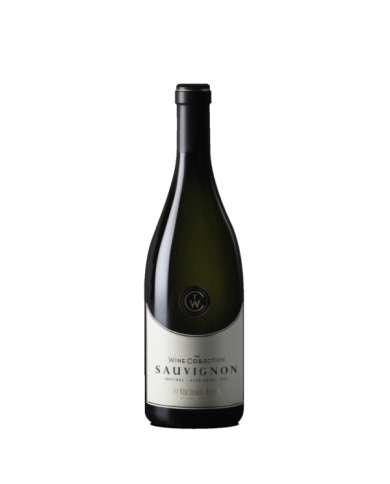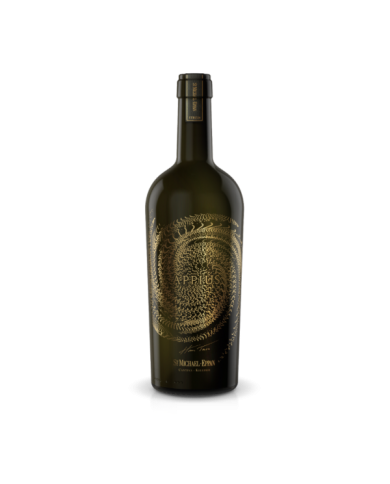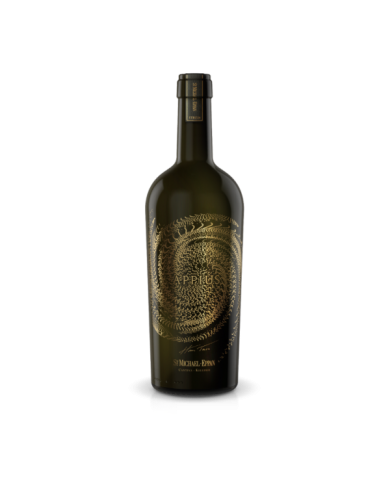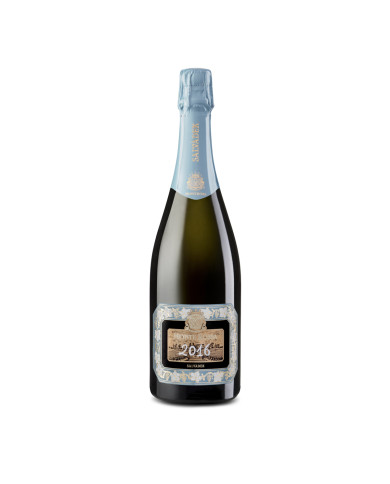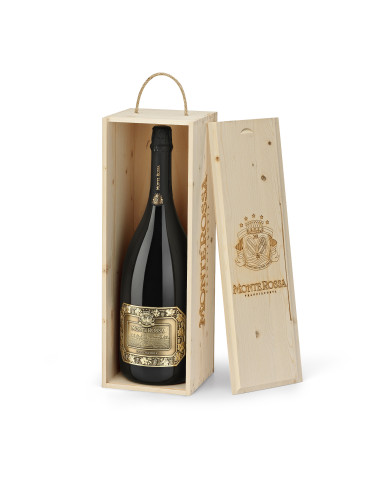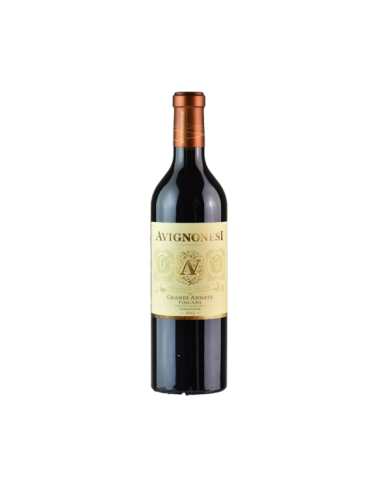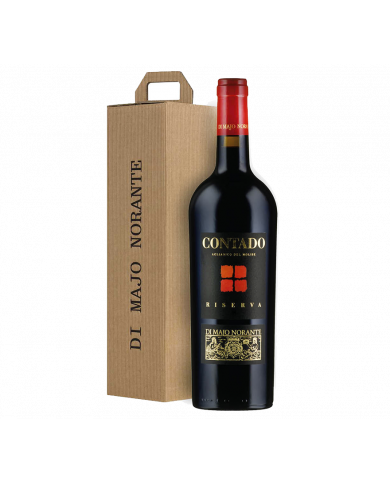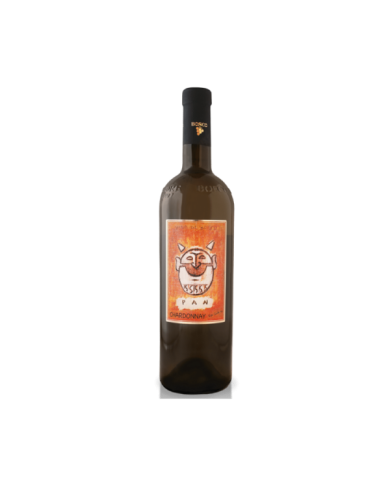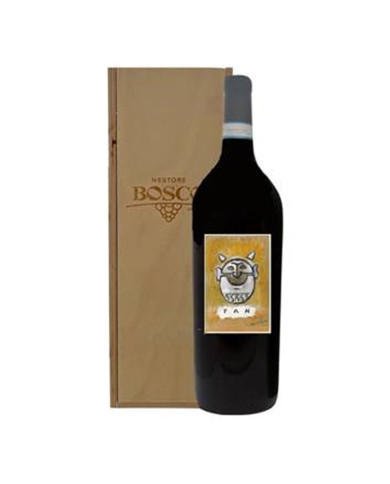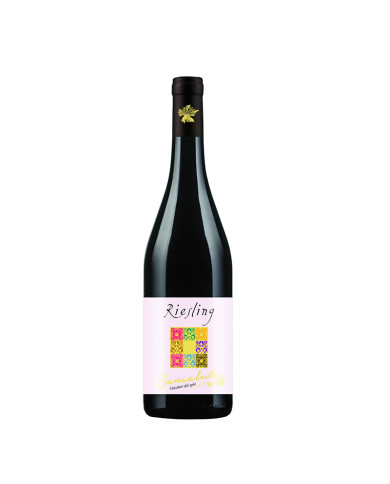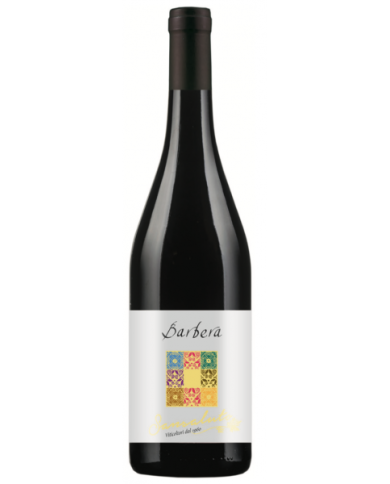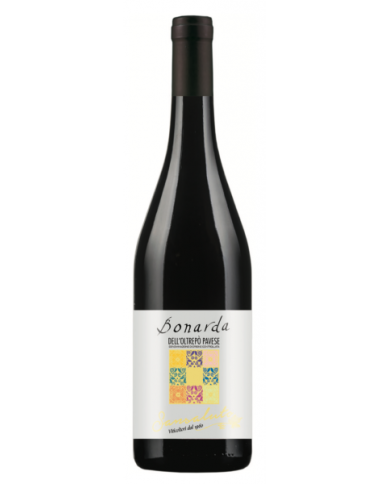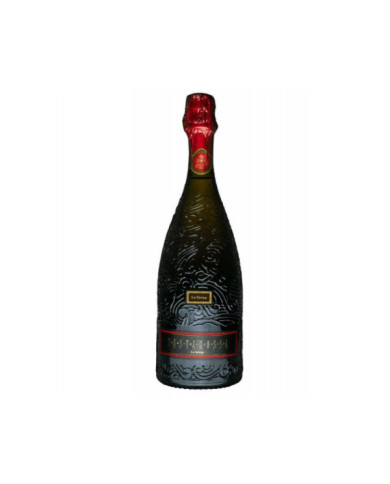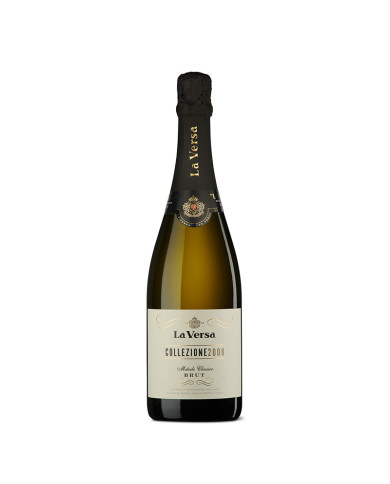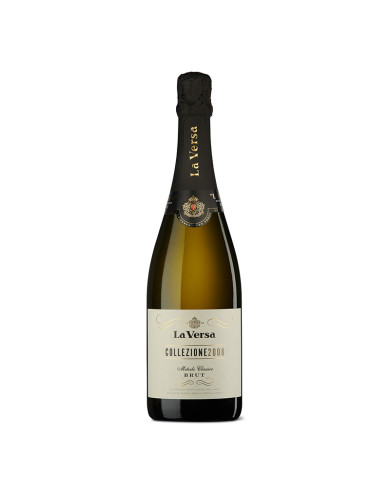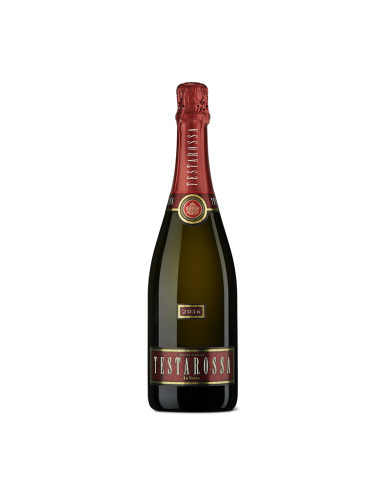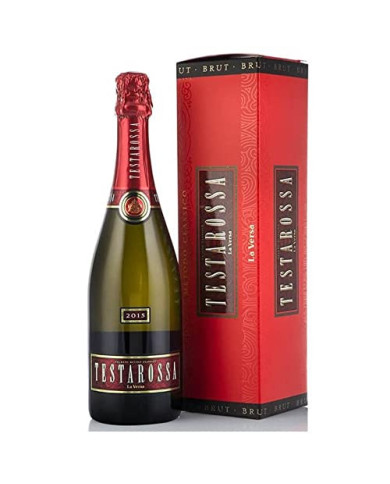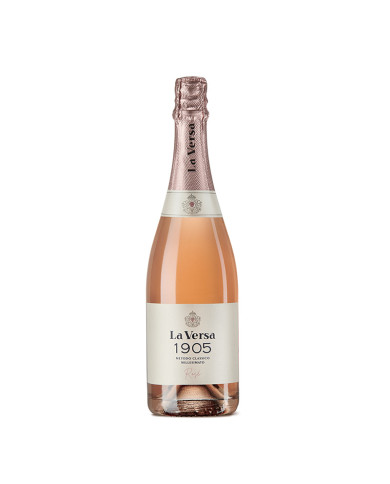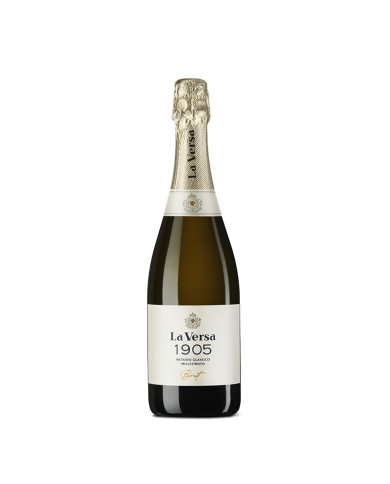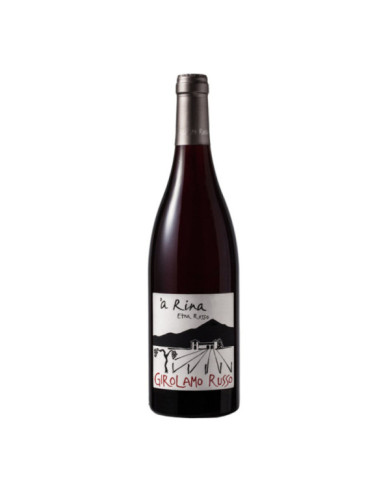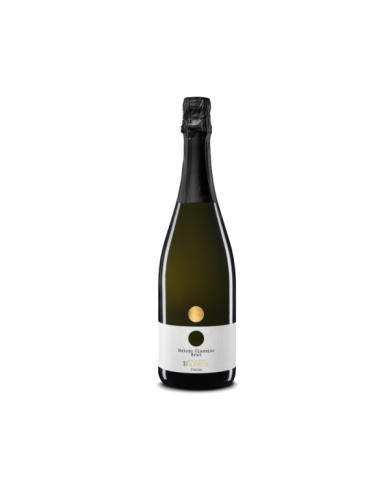Wine symbol of the estate, it has its roots in its millenary history. A classic Bordeaux cut of aristocratic elegance and extraordinary longevity.
In this unique and rare wine, the grapes of our Cru express themselves with their deepest character. The Etna Rosso Riserva contrada Zottorinoto cru is a wine with a brilliant garnet ruby color. On the nose the floral notes and Mediterranean herbs give breath to the hints of fruit among which blueberries, raspberries and blackberries stand out wrapped in a spice of vanilla and black tea. On the palate the body is velvety and enveloping, sapid in the length and relaxed in the noble and chiseled tannins, long persistence.
Il Sangiovese in purezza dallŌĆÖomonima zona dellŌĆÖOlmatello, il meraviglioso e suggestivo bosco di pini monumentali che diventa un balcone naturale sulle colline tuttŌĆÖintorno e che si affaccia a strapiombo sulla valle di San Cristoforo, storicamente conosciuta per unŌĆÖantica fonte termale idropinica-sulfurea. Questo ├© il vino con il miglior grado di maturazione delle uve, esposte a sud e posizionate nella parte pi├╣ alta dellŌĆÖazienda.
Il cru dallŌĆÖomonimo vigneto del Solano, perfettamente incastonato tra un calanco spettacolare, il bosco antico dellŌĆÖOlmatello e la cantina.
There are only 100 bottles of this exceptional 2009 vintage classic method, which the company wanted to produce with its own best grapes, combining the elegance of Pinot Noir with the fragrance of Chardonnay and the softness of Meunier. "Madame Martis" is the successful synthesis of the precious elements that have always characterized the harmonious and decisive style of Maso Martis sparkling wines.
Da uve in prevalenza Sangiovese, selezionate a Farnetella, nel comune di Sinalunga, a sud-est di Siena e a nord-ovest di Montepulciano. I vigneti, quasi interamente orientati a sud ovest, si trovano su un altopiano ben esposto e ventilato ad altezze diverse comprese tra i 220 e i 560 mt slm. I terreni sono costituiti da sabbie stratificate e limo con modesta presenza di argilla e una pi├╣╠Ć diffusa componente sassosa e calcarea.
Bright ruby red. On the nose, hints of cherry, red currant, blood orange, peony and red roses alternate, on a background of cinnamon and cloves. The sip is enveloping, soft, with relaxed tannins, accompanied by an excellent freshness. Final on fruity references.
Cortona Syrah Achelo La Braccesca dei Marchesi Antinori was born in the homonymous estate, located on the Sienese hills. It is produced exclusively with Syrah grapes, harvested in mid-September. Fermentation takes place in stainless steel tanks at a controlled temperature of 28 ┬░ C for 10 days. Subsequently the wine partially ages in barriques and steel tanks for about 7 months, before being bottled.
Straw yellow with soft greenish reflections, brilliant, fine and persistent perlage. The nose is quite intense, fresh and delicate, with floral and fruity notes reminiscent of golden apple and bread crust. In the mouth it is dry, savory and balanced; denotes good acidity accompanied by a long and sustained finish with returns of exotic fruit.
Fairly deep coppery color, brilliant, fine and persistent perlage. It is fine and delicate, fragrant with notes reminiscent of berries, citrus fruits and rose petals. On the palate it is dry, rightly acidic, fresh and gentle, delicate and harmonious with a finish of currant, almonds and berries.
Intense straw yellow with golden reflections, with a fine and persistent perlage. The first nose is rich and fresh with notes of citrus and small red fruits embellished, on the finish, by a light tone of melted butter. Upon aeration it becomes richer and more evolved and expresses fruity and fermentative characteristics in perfect balance with each other. The attack in the mouth is creamy, balanced and fresh and with a good structure, with some tannins that appear in the middle of the palate. In the finish, the creamy structure becomes more incisive and closes with a nice gustative persistence.
Straw yellow color with soft golden reflections, fine and persistent perlage. The nose denotes intense and enveloping aromas, notes of ripe fruit and slight hints of almond and hazelnut stand out. On the palate it is complex, full and structured supported by a strong acid vein, leaving a citrus touch and a long persistence in the finish.
Chianti Classico constitutes the company's production base. The vineyards are located in Castelnuovo Berardenga, in the south-eastern part of the Chianti Classico production area, north-east of Siena.
Chianti Classico constitutes the company's production base. The vineyards are located in Castelnuovo Berardenga, in the south-eastern part of the Chianti Classico production area, north-east of Siena.
A captivating bottle that perfectly embodies the idea of Supertuscan: a Tuscan wine born from a Bordeaux blend of great power and complexity. suitable for both the most complex combinations and for the most disengaged occasions. A true champion of the breed, it is enhanced by noble combinations such as game, braised meats and fine meats. It is a wine that lends itself to long ageing.
Alzero is an IGT appellation wine produced in Veneto by the renowned Giuseppe Quintarelli farm. The Alzero IGP Veneto red wine is one of the best red wines in Italy and in the world, a Venetian masterpiece that comes from Cabernet Franc, Cabernet Sauvignon and Merlot grapes .
Alzero is an IGT appellation wine produced in Veneto by the renowned Giuseppe Quintarelli farm. The Alzero IGP Veneto red wine is one of the best red wines in Italy and in the world, a Venetian masterpiece that comes from Cabernet Franc, Cabernet Sauvignon and Merlot grapes .
The history of Chardonnay di F├©lsina began in the eighties, from grafts of French clones in the vineyards owned by the nearby Tenuta di Farnetella.
The grapes come from the Rancia Piccola and Poggiolo vineyards, the former also called del Maestro Raro, adjacent and with characteristics similar to that of Rancia.
Fontalloro della Fattoria di Felsina is a Tuscan red wine based on Sangiovese, considered an unmistakable territorial brand. The complex aromatic profile is drawn by dark shades of blackberry, licorice and black pepper with light hints of tobacco. The body is powerful and structured, with well integrated tannins and a finish with a pleasant aftertaste.
Introdotto nella sua seconda patria ŌĆō lŌĆÖAlto Adige ŌĆō gi├Ā nel 1850, il Pinot Bianco ├© uno dei pi├╣ importanti vini bianchi della nostra cantina. Imbottigliato per la prima volta nel 1982, lo Schulthauser ├© oggi tra i pi├╣ conosciuti Pinot Bianco del panorama altoatesino. Un vino completo, finemente fruttato e fresco, in grado di sedurre il palato sia per la cremosa morbidezza, sia per la spiccata acidit├Ā.
From an overripe harvest of Montepulciano and Merlot grapes , a wine with a sumptuous fragrance combined with an extraordinary softness is born. The residual sugar resulting from the partial drying of the bunch on vines over 30 years of age, blends with an elegant concentration of extractive elements that recall morello cherry, plum and red fruits, revealing a harmoniously balanced tannin. Its essence fascinates the palate offering sensations of aromatic fullness and fruit integrity. \ n \ nAn important, round, extremely pleasant wine, to combine with complex dishes or to sip in deep meditations.
Barolo Massolino represents the synthesis of the different characteristics that each terroir offers. The company has always favored the traditional aging in large Slavonian oak barrels to maintain a purer and more pure identity. Wide and variable range of perfumes, surprising expressive evolution over time.
The Contado is obtained from the vinification in purity of Aglianico grapes grown on the hills of Molise in the Camarda vineyard. Vinified in small steel fermenters with long maceration. The wine is aged for about three years, one of which in barriques and tonneaux.
Ranked among the top 10 wines of this region by number of awards won: the 2006 vintage was awarded the gold of Chardonnay-du-Monde. One of the best IGT wines from the Pescaresi Hills that people are looking for. This producer produces a wide range of wines, including those from Trebbiano (Ugni Blanc), Rare White Blend, Montepulciano, Rare Rose Blend, Cabernet - Montepulciano and Pecorino grapes.
Montepulciano d'Abruzzo 100% This is a Riserva The 2012 vintage was awarded bronze by the International Wine Challenge.
This is above average popularity for Montepulciano d'Abruzzo wines. Interest in this wine has decreased compared to previous years. This is among the most expensive Montepulciano d'Abruzzo wines. The price has remained stable over the past year.
Etna Rosso "A' Rina" is a soft and structured wine, enveloping and complex, aged in second and third passage barriques for 12 months. Elegant notes of ripe red fruit, cherries, leather and tobacco best express the terroir of the great Sicilian mountain
THE RED OF CASA ANTINORI IN THE LARGE FORMAT Villa Antinori , one of the best known and appreciated labels by the general public, is also offered in the Magnum version, more suited to aging and to make a good impression on the table. Sangiovese stands out in its blend with 55% followed by Cabernet Sauvignon with 25%, Merlot with 15% and Syrah with 5%. With the appropriate winemaking techniques all the aromatic and coloring substances have been extracted from these grapes. The consequent assembly and aging in barriques of various origins has given the wine international references and at the same time a strong territorial link that expresses all its "Tuscan character".
Large format wines are a popular choice for special occasions and for wine collectors. They come in different sizes and offer a variety of benefits over standard bottles. In this article, we'll explore everything there is to know about large format wines, from the benefits to storage and purchase.
The advantages of large format wines
Large format wines offer numerous advantages compared to standard bottles. Firstly, most wines in large formats age better than in standard bottles. This is because the amount of oxygen entering the bottle is less than in standard bottles. Additionally, the greater quantity of wine in a single container means that temperature fluctuations are less significant, reducing the risk of damage to the wine.
Secondly, large format wines are an ideal choice for special occasions. A large bottle quickly becomes the center of attention and makes an impression on guests. Also, one large bottle is much easier to handle than many smaller bottles. For example, if you're hosting a dinner party for a large group, you can use a few large bottles to make serving easier.
Dimensions of large format wines
Large format wines are available in different sizes, each with a specific name:
Magnum : 1.5 litres, equal to two standard bottles
Jeroboam : 3 litres, equal to four standard bottles
Rehoboam : 4.5 litres, equal to six standard bottles
Methuselah : 6 litres, equal to eight standard bottles
Salmanazar : 9 litres, equal to twelve standard bottles
Balthazar : 12 litres, equal to sixteen standard bottles
Nebuchadnezzar : 15 litres, equal to twenty standard bottles
Conservation of large format wines
The conservation of large format wines is an important aspect to consider. Because these bottles are larger than standard bottles, storing them can be trickier. Most wineries don't have shelves or spaces suitable for large bottles, so you need to plan ahead.
Also, large bottles may take longer to adjust to the ambient temperature in which they are stored. To avoid sudden changes in temperature, it is important to store large bottles in a cool, dry place.
Purchase of large format wines
Buying large format wines can be an excellent choice for wine collectors and for special occasions. However, it is important to pay attention to the origin of the bottles. Large bottles can be more susceptible to counterfeiting than standard bottles, so it's important to buy from reputable, reputable sellers.
What are wines in large formats?
Large format wines are bottles of wine that have a higher capacity than the classic 750 ml bottles. There are a number of larger wine bottle sizes including the Magnum (1.5 litres), Double Magnum (3 litres), Jeroboam (4.5 litres), Rehoboam (4.5 litres), Methuselah ( 6 litres), the Salmanazar (9 litres), the Balthazar (12 litres) and the Nebuchodonosor (15 litres).
Why choose wines in large formats?
There are many reasons to choose a bottle of wine in a larger format than the classic 750ml bottles. Firstly, wine in large formats has greater stability than standard bottles, thanks to the greater quantity of wine present in the bottle and the lower quantity of air that comes into contact with the wine.
Secondly, wines in large formats have a slower evolution, which means they can be kept for a longer period without undergoing any alteration. Furthermore, these wines have greater harmony and balance than standard bottles, thanks to the greater contact surface between the wine and the cork.
Finally, wines in large formats are ideal for special occasions, such as weddings, anniversaries, birthdays or corporate events, because they have a greater visual impact and are able to satisfy the palate of a greater number of people.
How to choose a large format wine?
Choosing a large format wine depends on the type of wine and personal needs. In general, the wines best suited to larger formats are those that require a longer aging period, such as structured red wines, complex white wines or sweet dessert wines.
Furthermore, it is important to choose a high quality wine, because the greater quantity of wine present in the bottle also increases the possibility that any defects will appear. It is therefore important to buy wines in large formats from reliable retailers who offer guarantees on the quality of the wine and its conservation.
Finally, it is important to consider the number of people who will participate in the event, in order to choose the right bottle format. For example, a bottle of Magnum (1.5 litres) is enough for around 10 people, while a bottle of Balthazar (12 litres) can cater for up to 100 people.
In conclusion, wines in large formats are an excellent choice for special occasions and for wine collectors, thanks to their greater stability, their ability to evolve more slowly and their ability to satisfy the palate of a greater number of people.

